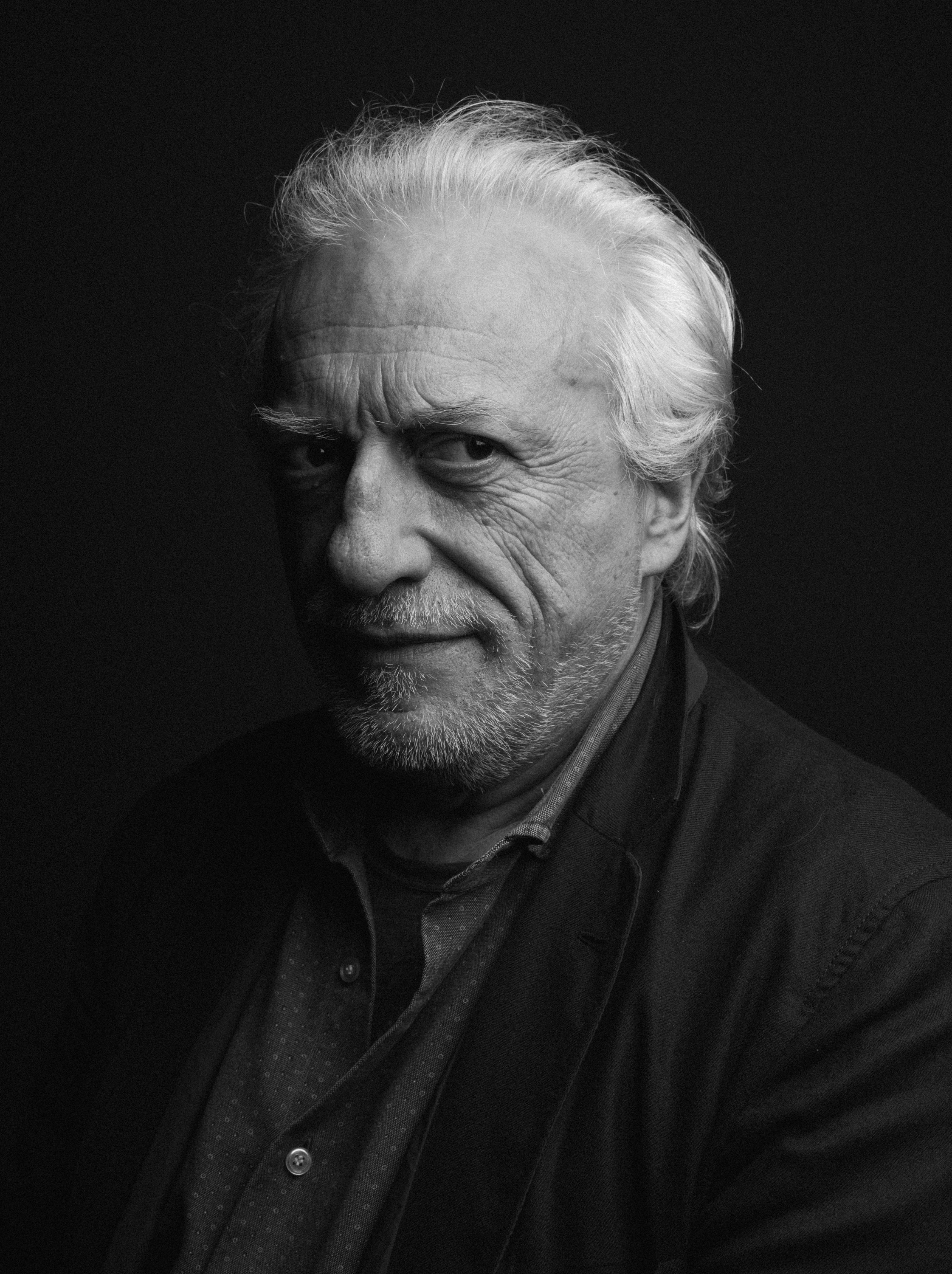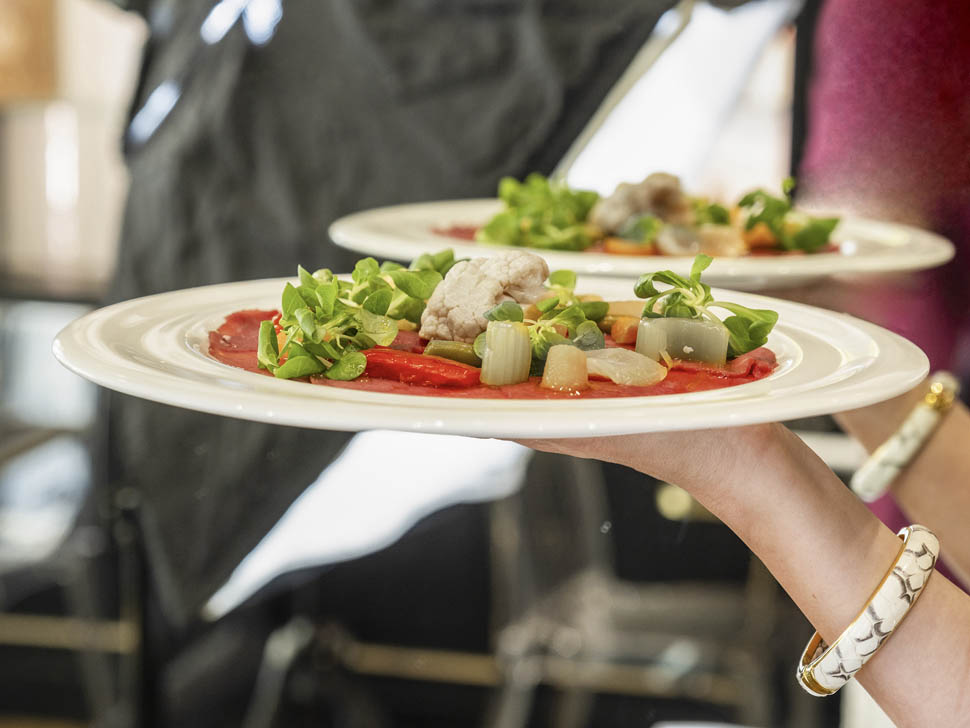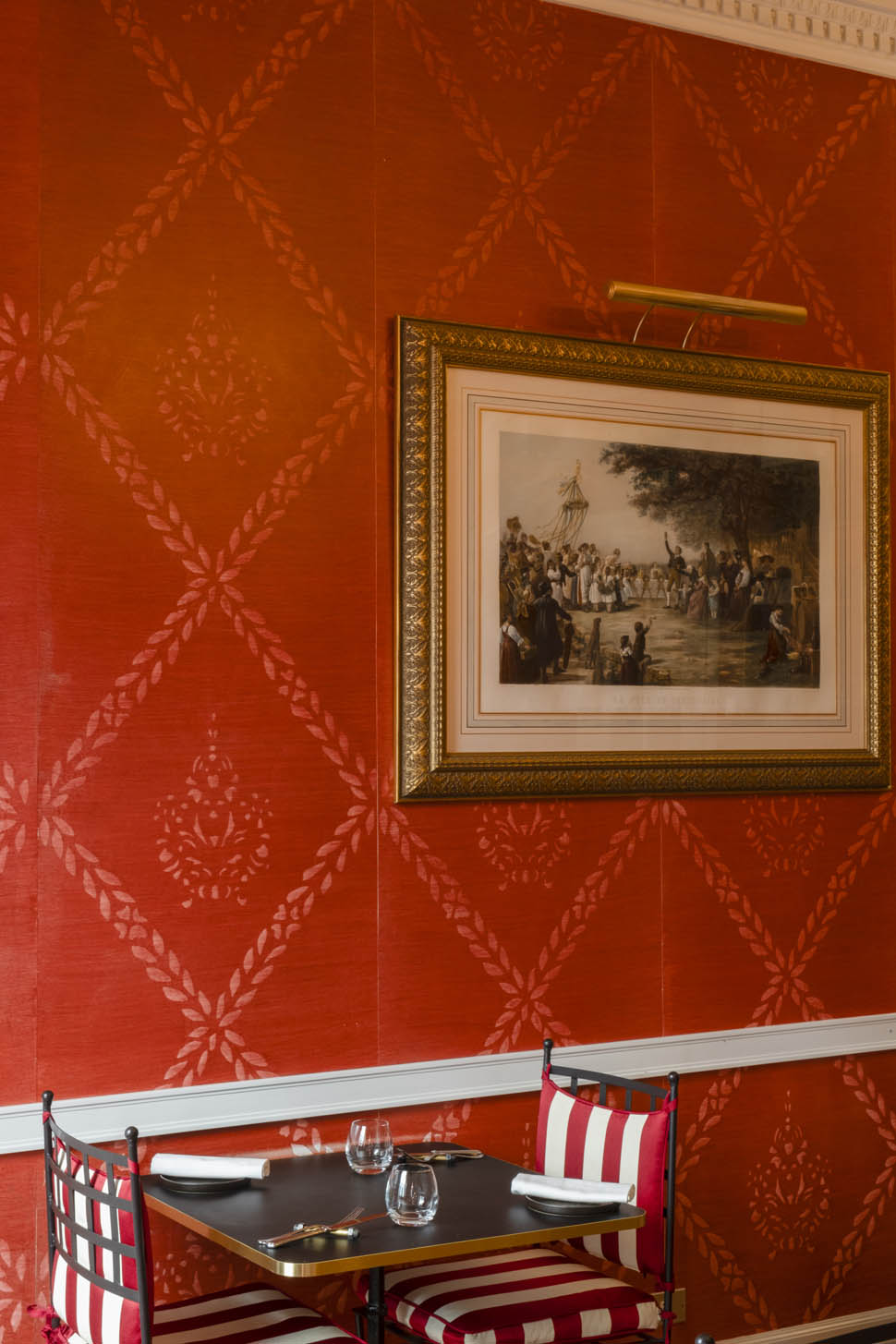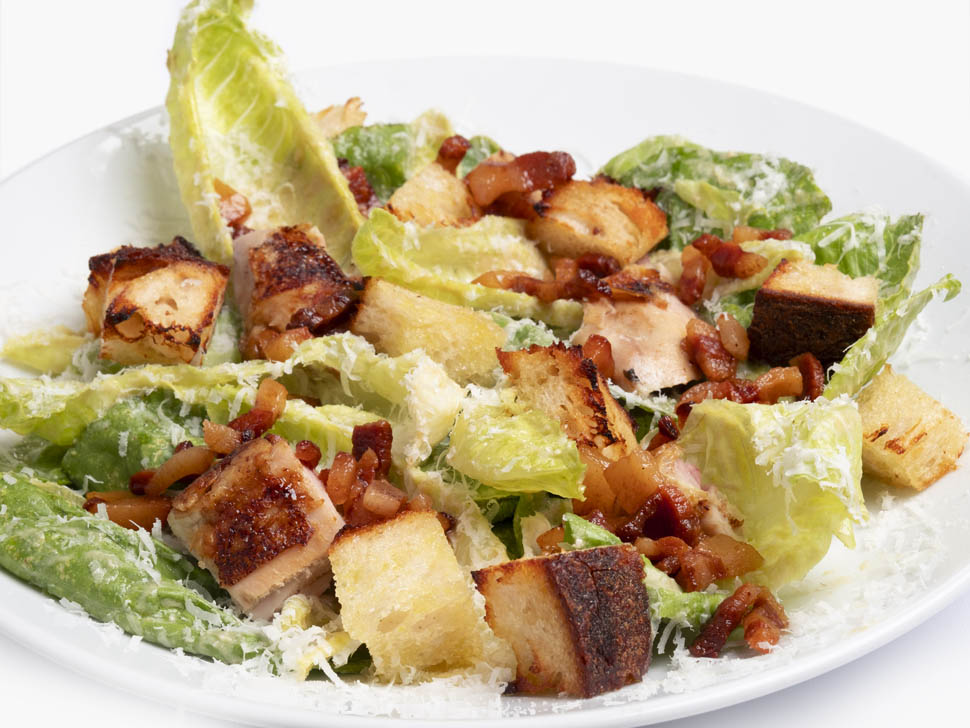In the Carlo e Camillo bistro at Turin's Hotel Sitea, Davide Scabin continues his exploration of Italian flavor’s roots. “Before exploring other cuisines, you need to embrace Italian thinking, staying away from an increasingly false sense of modernized tradition.”
Riccardo Pontiggia's portrait
The venue
Davide Scabin is one of the most brilliant chefs in the world—perhaps the only Italian chef to have introduced radically new concepts into international gastronomy, like food design and the ergonomics of taste. But his innovations have gone in countless directions, including early explorations in neurogastronomy and process standardization.


Yet his cuisine wasn't just about the avant-garde: in Almese, he served an unforgettable roasted rabbit while behind the scenes he was improvising cyber eggs for Bob Noto and Giorgio Grigliatti. Then there were Blupum in Ivrea, Mulino a Vino in Manhattan, Scabeat in Rome, and QB in Porta Palazzo: all places where he paid sincere homage to tradition, whether Piedmontese or Italian, without focusing on turning a profit.

Today, the retro doppelgänger of Scabin is at the Carlo e Camillo bistro in the Hotel Sitea, just a stone's throw from Carignano, where his experiments continue. It's named after the intersection of two streets, via Carlo Alberto and via Camillo Benso Conte di Cavour, and it's far from a secondary format: the great chef is deeply invested in the work he's doing there, embarking on a complex project to unravel the "foundations of Italian flavor."

The kitchen
The menu isn't just focused on Piedmontese dishes; it features a wide variety of items, including orecchiette with turnip tops and even a few Brazilian-inspired dishes, courtesy of sous-chef Bobó de Camarâo. There are also must-try items like traditional Piedmontese carpione, marinated Fassona beef carpaccio with sublime pickled vegetables, raw meat with Vialardi-style vitello tonnato, and salmon Russian salad.

"In every dish I've created in my forty years in the industry, you can trace a historically rooted connection to my culinary education, both Piedmontese and Italian, learned from family, studies, and then from my professional exploration. Over the past fifteen years, I've felt an increasing need to showcase these foundational elements as they are, almost as a way of classifying the flavors we're at risk of losing, which are the very heart of the future and the evolution of our cuisine."

The focus remains on Piedmont, as we're in Turin, and the region is perhaps unique in having a triple-layered culinary tradition: aristocratic, popular, and middle-class, with the latter documented in Vialardi's writings, a seemingly endless source of inspiration, along with other historical cookbooks. The ingredients naturally follow suit: Felicetti pasta, Oberto meats, and Grano bakery. The wine list is a work in progress, with Carignano's sommelier Nicola Matinata collaborating with Scabin to revise the selections.

“I have the deepest respect for 'tradition,' which to me is the most modern thing there is, because it never stays still. But today, however, it's mostly diminished to something stationary and almost sacred. Tradition is innovation and contemporaneity: the concept of tradition versus innovation doesn't make sense. I want to focus on the preparations that historically define Italian cuisine, the essential elements and identifying codes that we are losing. I aim to capture and preserve these foundations of taste so there's a lasting record over time, truly representative of Italian cuisine. We need to be aware of who we are and not be afraid to tell the world they should come to Italy to eat.

Before you can appreciate other cuisines, you need an Italian perspective, distancing yourself from an anonymous gastronomic modernity that’s increasingly falsely traditionalized. When I offer Russian salad, plin, tagliatelle, or oxtail, it's because I'm creating a catalog, an archive, that establishes distinctive tastes here and now, to serve as a benchmark. Not necessarily the original recipes, but those foundations that transcend eras and borders—a distinctive flavour, that 'hidden threat' without which a dish could be made by anyone. It's sad to realize that we, as Italians, were the first to become producers of 'Italian-sounding' culture when we abdicated authentic taste, replacing it with the idea of taste. As early as 2016, I warned that 'Italian-sounding' would end up teaching us how to cook to please the world.”
The dishes



The intentions are meaningful, but the atmosphere is lively and convivial, with tables packed with people. It's hard to resist the "Tour at Palazzo Madama," which brings together three of the city's classic appetizers (€22), leading to a variety of dishes ranging from agnolotti del plin with roast sauce, fonduta, and crispy sage (€18), to Emilia-style tortellini in a double beef and chicken reduction (because broth is the chef's fetish, (€16), to the exquisite bombette with fava beans and chicory, tripe with Lombard-style beans, and superb Nebbiolo-braised tongue with mashed potatoes (€20, €18, and €22, respectively).


There are also Milanese-style Fassona cutlets with creative toppings, Roman-style focaccia, large salads, and for dessert, perhaps a bunet (€8). Everything is made as freshly as possible.

Contacts
Bistrot Carlo e Camillo
Via Carlo Alberto 35- 10123 Turin, Italy
Phone. + 39 011 51 70 171











